Homeownership has long been considered a key part of the American dream, but for many, that dream is slipping further out of reach. With rising home prices, stagnant wages, and increasing demand, certain states are becoming nearly impossible markets for prospective buyers. Economic shifts, population booms, and housing shortages are driving costs higher than ever, making it difficult for middle-class families to purchase property. By 2030, these 11 states are projected to have some of the most challenging real estate markets in the country.
1. California

California has long been notorious for its sky-high home prices, and the trend shows no sign of slowing down. The state’s desirable climate, booming job market, and limited housing supply continue to push prices higher each year. Cities like San Francisco, Los Angeles, and San Diego are already among the most expensive places to buy property in the U.S. By 2030, homeownership in California could be out of reach for all but the wealthiest buyers.
Adding to the problem is the state’s ongoing housing crisis, which has resulted in a severe shortage of affordable homes. Many middle-class residents have already begun leaving for more affordable states, yet demand remains high. Construction costs, strict zoning laws, and environmental regulations make it difficult to build new housing at a rate that meets demand. As a result, California will likely remain one of the most unaffordable places to own a home in the coming decade.
2. Hawaii

Hawaii’s breathtaking scenery and tropical lifestyle make it one of the most desirable places to live in the U.S., but also one of the least affordable. The limited amount of land available for development, coupled with high construction costs, drives up home prices significantly. Even modest homes on the islands often sell for well over half a million dollars, and prices continue to climb. By 2030, homeownership in Hawaii may be an unattainable dream for most residents.
Another major factor is the state’s reliance on imported goods, which raises the cost of living across the board. While tourism and hospitality provide steady employment, wages often fail to keep pace with the rising cost of housing. Many longtime residents are being forced to leave the islands in search of more affordable living situations. Without drastic changes, Hawaii’s housing market will only become more exclusive in the years to come.
3. Washington
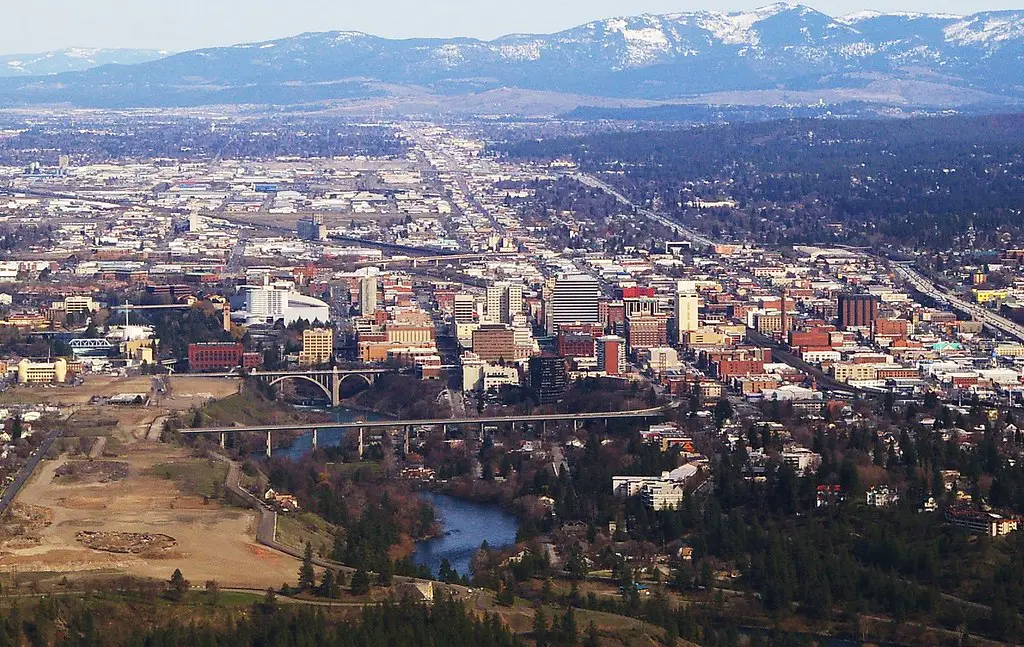
Washington state, particularly the Seattle area, has experienced a housing boom in recent years that shows no sign of slowing. With tech giants like Amazon and Microsoft headquartered in the region, high-paying jobs continue to attract new residents. This influx of workers has driven home prices sky-high, making it increasingly difficult for average families to buy property. By 2030, Washington may be one of the hardest states to afford a home in.
Despite efforts to increase housing supply, demand continues to outstrip availability. Many new developments cater to luxury buyers rather than middle-class families, exacerbating affordability issues. The cost of living in Washington is also rising, making it harder for first-time buyers to save for a down payment. Unless wages rise at the same pace as housing costs, the dream of homeownership will remain out of reach for many.
4. Colorado

Colorado has become one of the most sought-after states in the U.S. due to its booming job market, beautiful landscapes, and outdoor lifestyle. However, this popularity has resulted in skyrocketing home prices, particularly in cities like Denver and Boulder. With limited land for new housing developments and an increasing population, demand continues to outpace supply. By 2030, owning a home in Colorado may be an unrealistic goal for many residents.
In addition to rising home prices, property taxes and living costs are also increasing. Many longtime residents are being priced out of their communities as wealthier buyers flood the market. Efforts to build more affordable housing have been slow-moving, and competition for existing homes remains fierce. If these trends continue, Colorado will become one of the most difficult places to buy a home in the country.
5. Oregon

Oregon’s natural beauty, thriving economy, and progressive culture have made it a magnet for new residents. Cities like Portland have seen explosive growth, causing home prices to rise dramatically. Limited housing supply and strict zoning laws have only made matters worse, leading to fierce competition for available properties. By 2030, homeownership in Oregon could become nearly impossible for middle-income buyers.
Rising home prices are not the only challenge—property taxes and the overall cost of living are also climbing. Many residents who once considered Oregon an affordable alternative to California are now finding themselves priced out. The demand for housing continues to outstrip supply, creating an unsustainable market for buyers. If affordability issues aren’t addressed, many prospective homeowners will be forced to look elsewhere.
6. Nevada
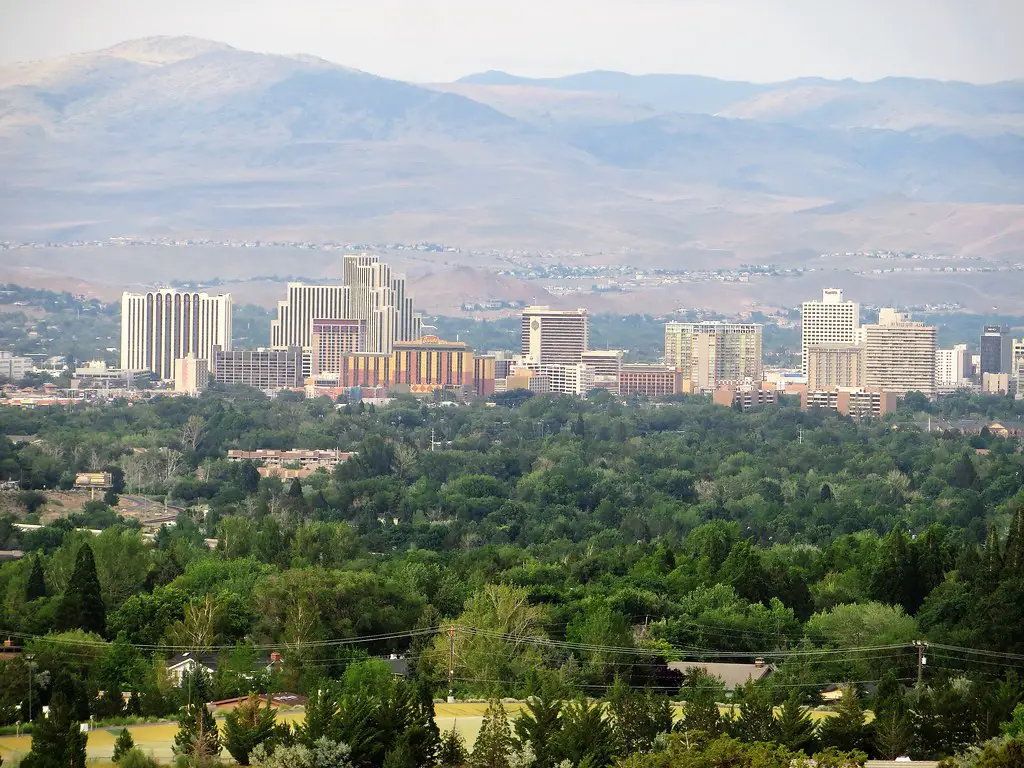
Nevada, particularly the Las Vegas area, has experienced a housing boom fueled by a growing population and strong job market. However, with demand soaring and housing inventory struggling to keep up, prices are rising at an unsustainable rate. Even outside of major cities, home values continue to climb, making it harder for buyers to find affordable options. By 2030, owning a home in Nevada could be an unattainable goal for many.
The influx of new residents, particularly from California, has only added to the housing crunch. While Nevada was once considered an affordable alternative for West Coast buyers, prices are now catching up. Rental costs are also increasing, making it harder for residents to save for a down payment. If these trends continue, Nevada’s housing market will become one of the most difficult to enter in the coming years.
7. Utah
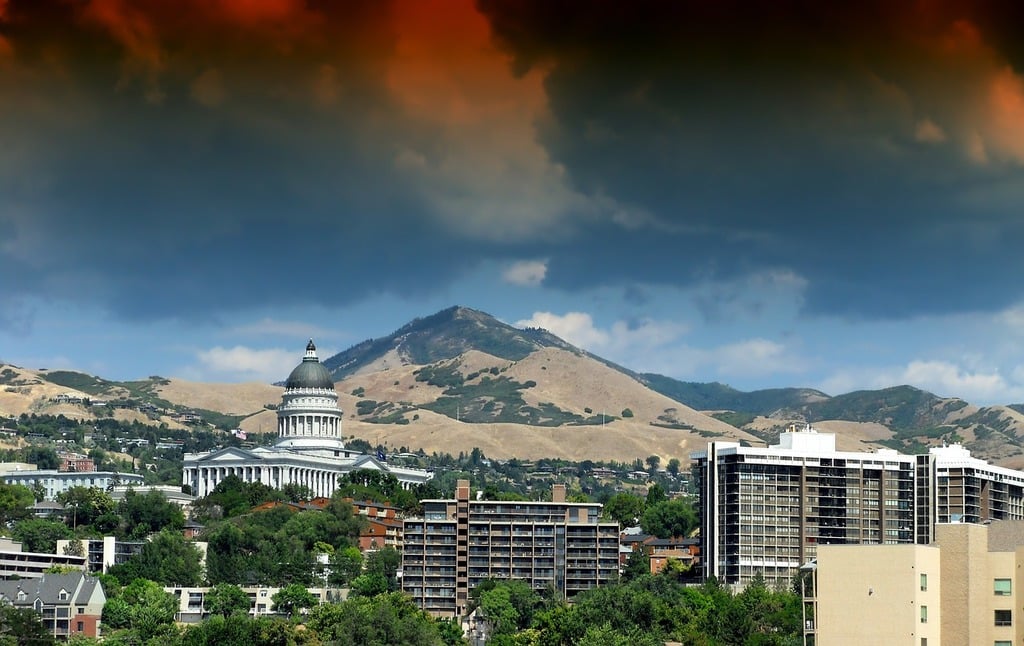
Utah has been one of the fastest-growing states in the country, thanks to a strong economy and high quality of life. This growth, however, has put enormous pressure on the housing market, causing prices to skyrocket. Salt Lake City and surrounding areas are seeing bidding wars for homes, making it difficult for middle-income buyers to compete. By 2030, homeownership in Utah could be out of reach for many residents.
The state’s rapid population increase has led to a severe housing shortage. Efforts to build new homes are struggling to keep pace with demand, driving prices even higher. Rising construction costs and limited available land further complicate the issue. If these challenges aren’t addressed, Utah’s housing market will remain one of the least accessible in the nation.
8. Arizona

Arizona has long been an attractive destination for retirees, remote workers, and families seeking an affordable alternative to California. However, in recent years, home prices have surged, particularly in Phoenix, Scottsdale, and Tucson. With more people moving to the state than ever before, the demand for housing has outpaced supply, causing prices to soar. By 2030, homeownership in Arizona could become an unattainable goal for many middle-class residents.
The rising cost of living and property taxes are also contributing to affordability issues. Investors and out-of-state buyers are snapping up properties, making it difficult for first-time homebuyers to compete. Additionally, extreme heat and water shortages may limit future development, exacerbating the housing crisis. Without significant changes to zoning laws and construction efforts, Arizona’s real estate market will remain challenging for prospective homeowners.
9. Texas
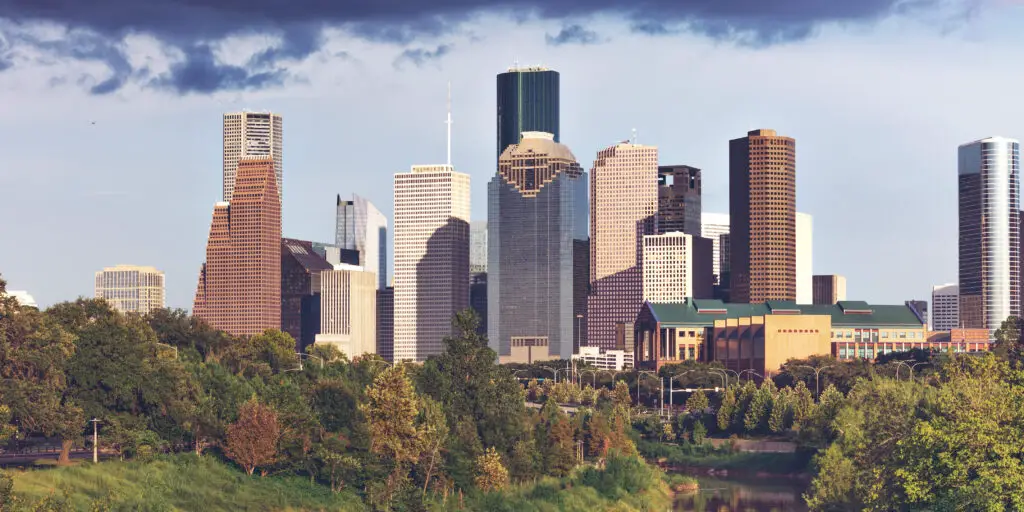
Texas has experienced explosive population growth in recent years, largely due to its strong job market and lack of state income tax. However, the influx of new residents has placed extreme pressure on the housing market, causing prices to rise rapidly. Cities like Austin, Dallas, and Houston have seen home values skyrocket, making it increasingly difficult for average buyers to afford a home. By 2030, Texas could become one of the most competitive and unaffordable states for homeownership.
Austin, in particular, has been hit hard by soaring housing costs, driven by an influx of tech workers and corporate relocations. Meanwhile, supply chain issues and rising construction costs have slowed down new housing developments. Property taxes are also among the highest in the country, further increasing the financial burden on homeowners. If these trends continue, Texas may no longer be the affordable housing haven it once was.
10. Massachusetts
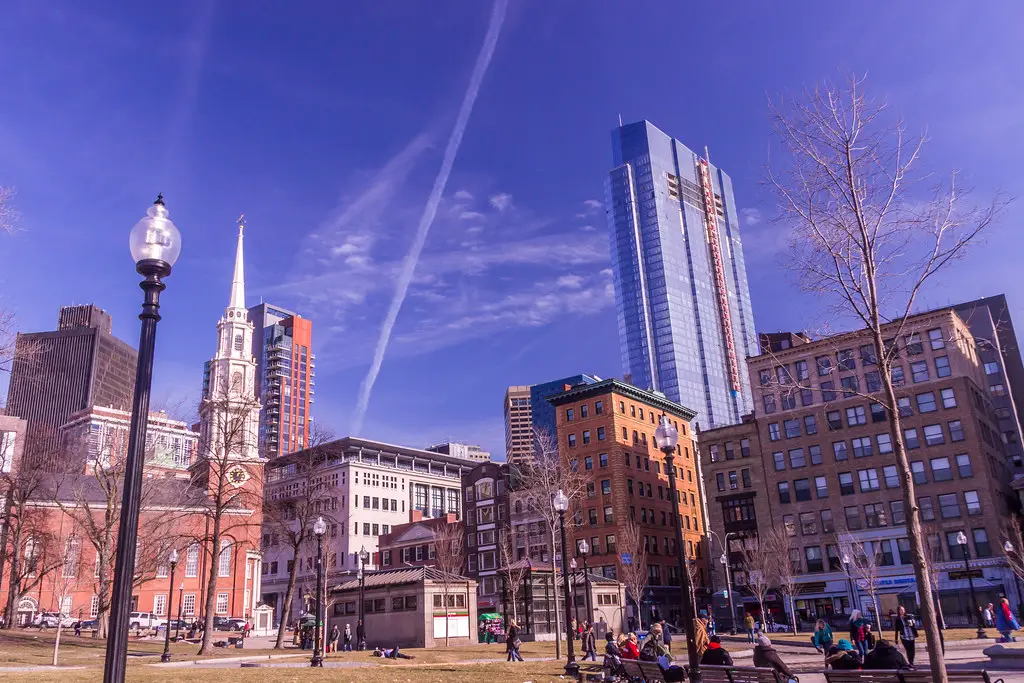
Massachusetts, and particularly the Boston metro area, has long been known for its expensive real estate market. A combination of limited land, high demand, and a strong economy has kept home prices consistently high. Even in smaller towns outside of Boston, housing costs continue to rise, pushing many prospective buyers out of the market. By 2030, homeownership in Massachusetts may be nearly impossible for middle-class residents.
The state’s prestigious universities and thriving biotech and tech industries attract high-income professionals, further driving up property values. Rent prices are also among the highest in the nation, making it difficult for residents to save for a down payment. Strict zoning regulations and limited new housing developments add to the affordability crisis. Without major policy changes, Massachusetts will remain one of the most difficult places to buy a home in the future.
11. Florida

Florida has been a popular destination for retirees, remote workers, and real estate investors, but its housing market is becoming increasingly out of reach. The combination of rapid population growth, increased demand, and climate-related risks has made homeownership more difficult than ever. Cities like Miami, Tampa, and Orlando have seen unprecedented price hikes, making it challenging for local buyers to compete. By 2030, owning a home in Florida could be a luxury reserved for the wealthy.
Rising insurance costs due to hurricanes and flooding have also made homeownership more expensive. Many Floridians are being priced out of their communities as property values continue to climb. The state’s popularity among real estate investors and vacation rental owners further limits inventory for regular homebuyers. Unless new affordable housing solutions are introduced, Florida’s real estate market will remain one of the toughest in the country.
